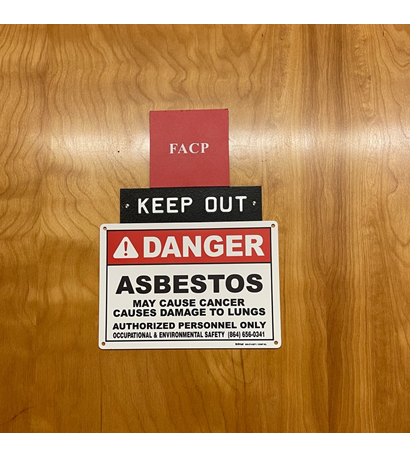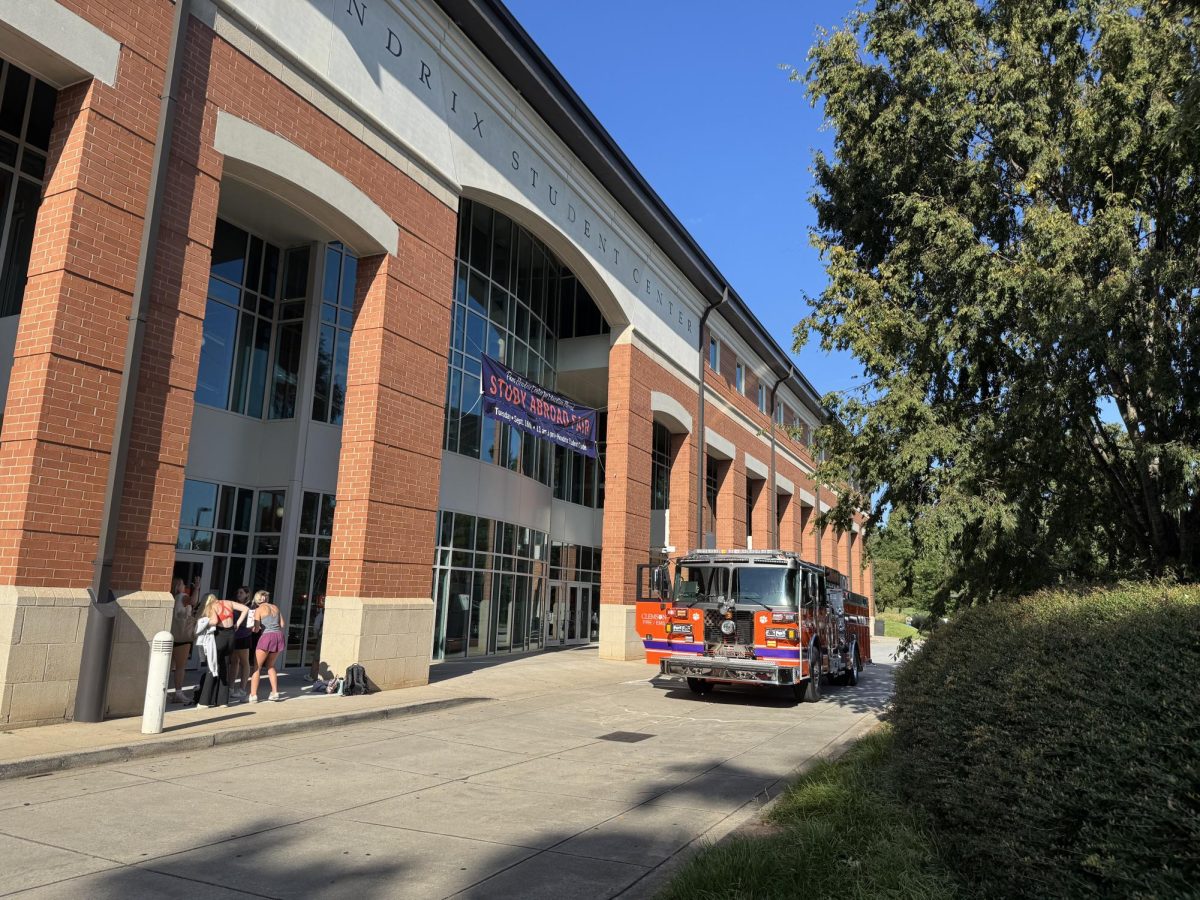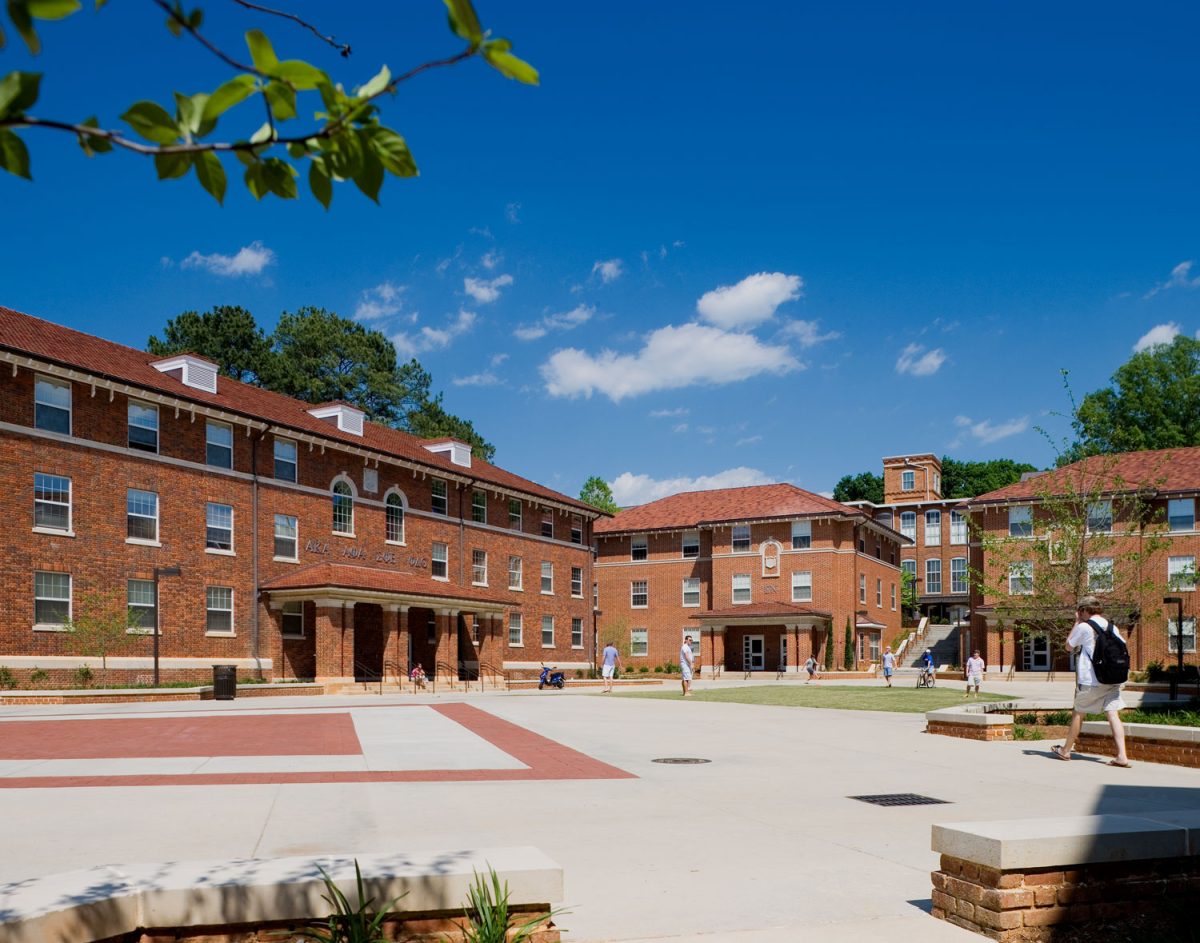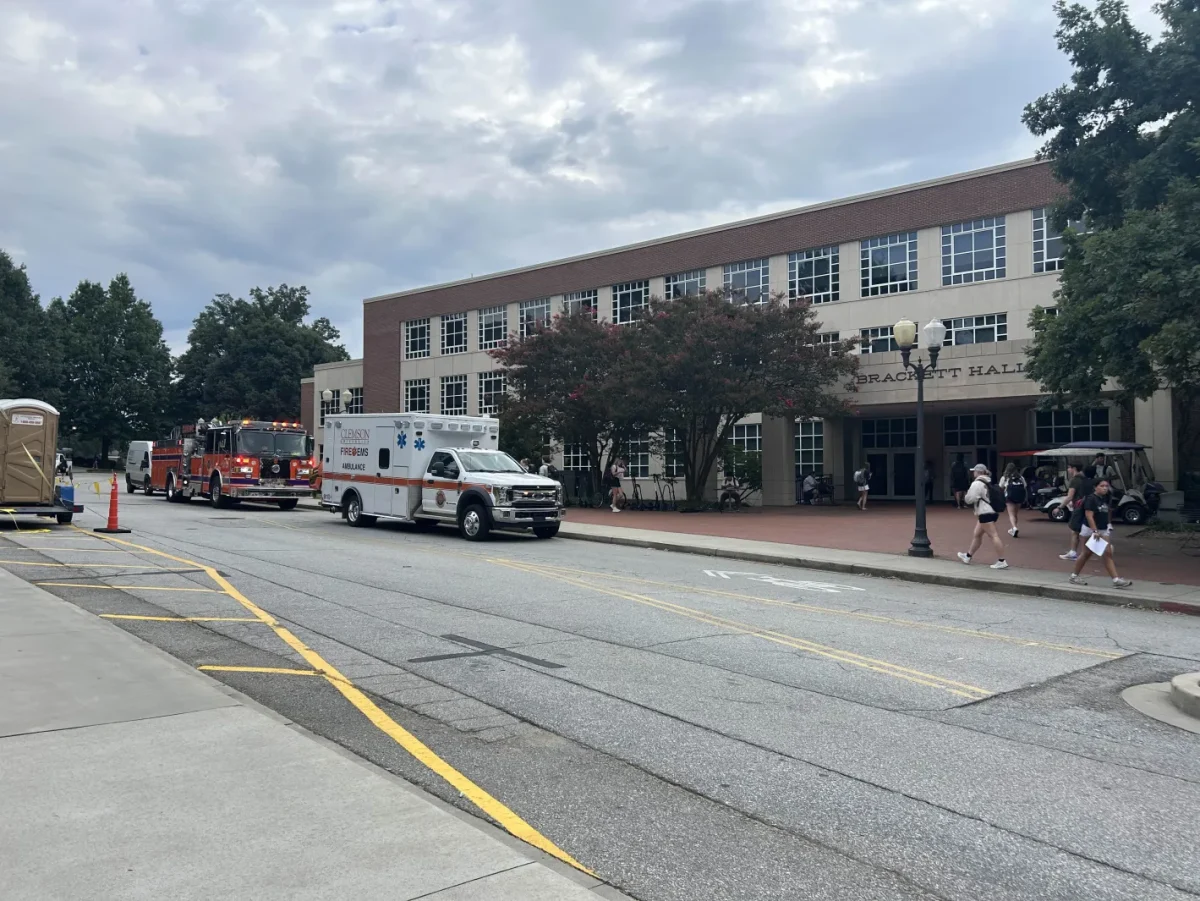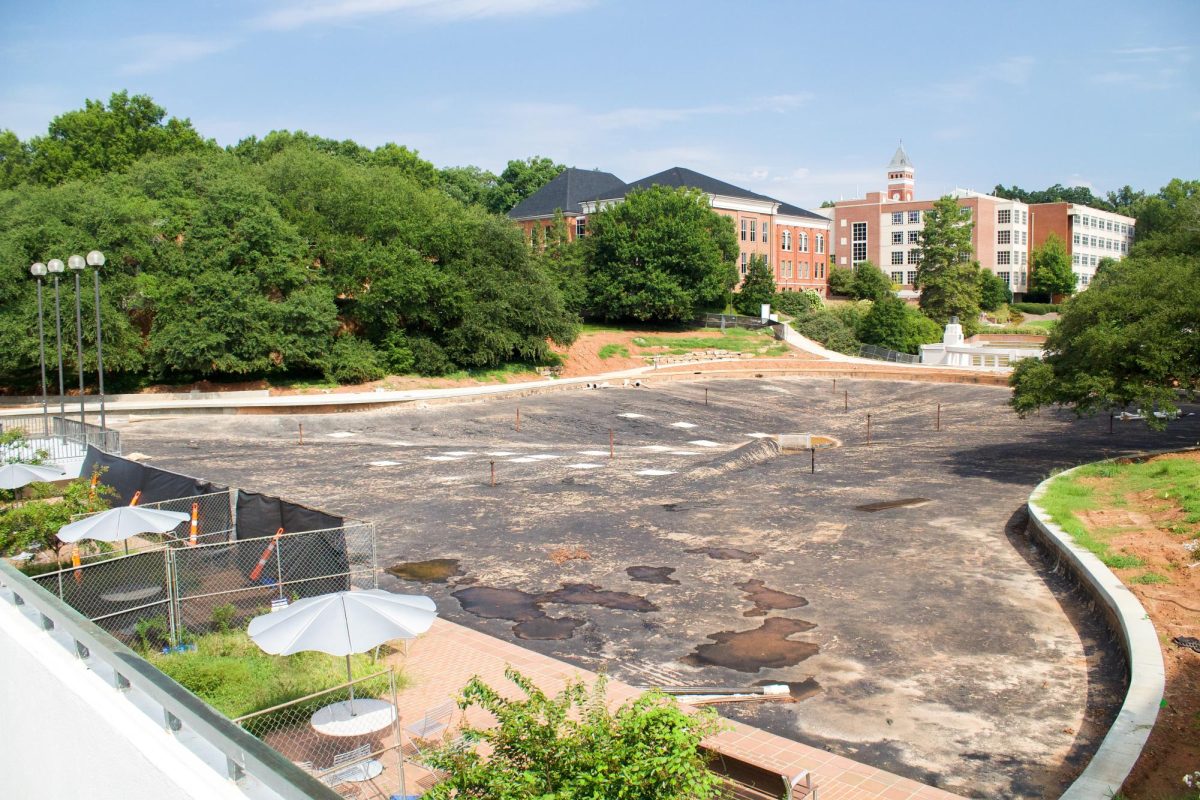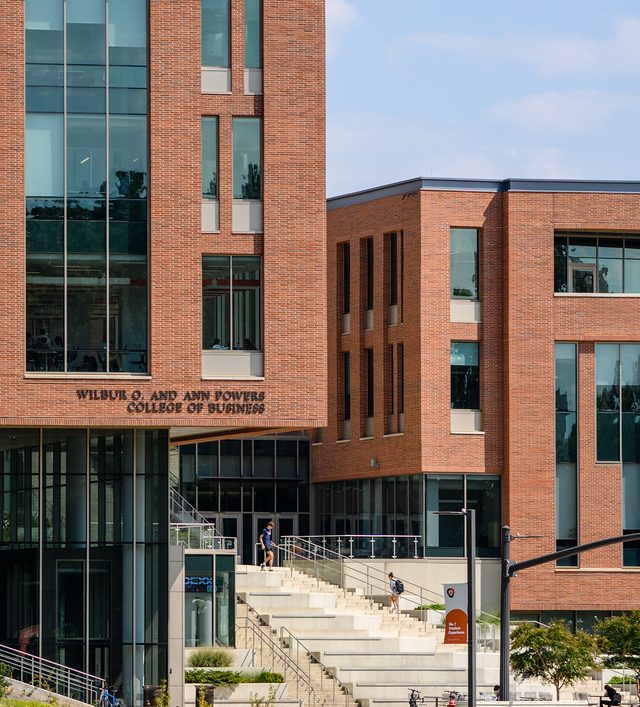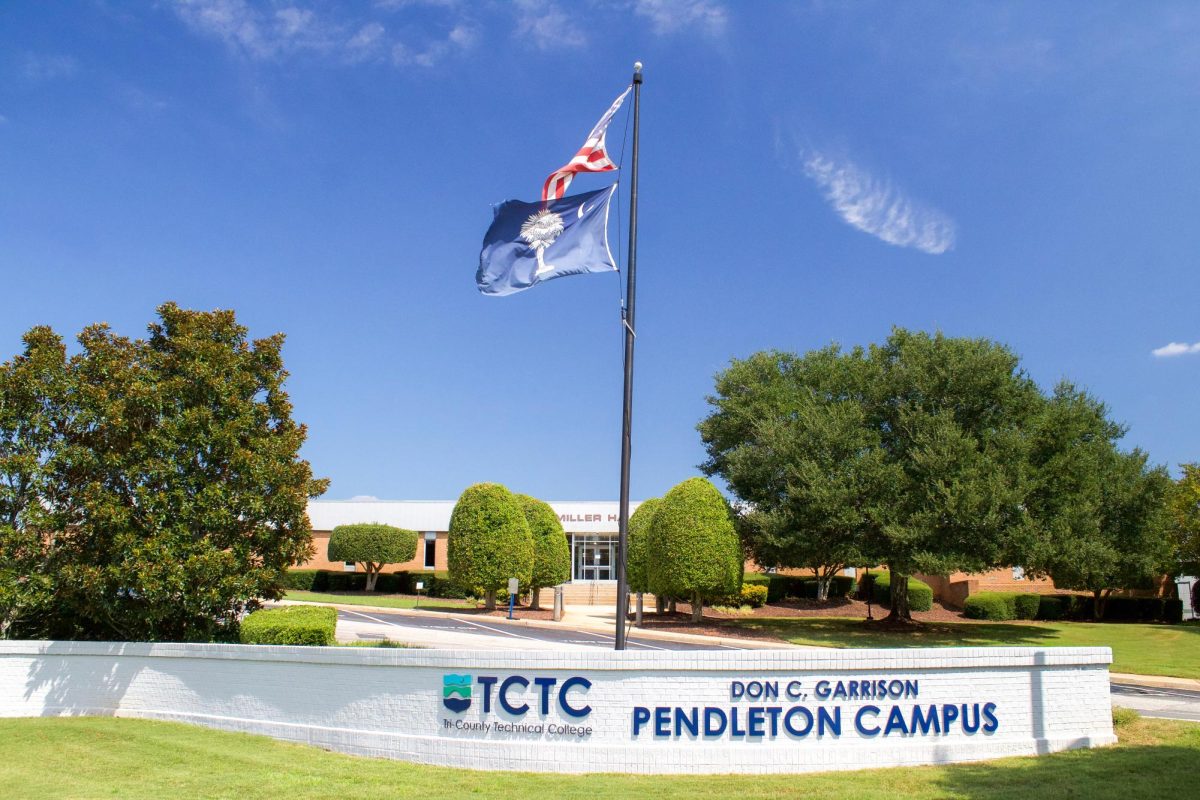Clemson University buildings are built with asbestos, but does this present harm or danger? Since it is so highly regulated, it proposes little to no harm for students, faculty, and staff.
Asbestos is a naturally occurring mineral that does not have the capabilities to burn and was used as a fire retardant in many building materials. It can be found in most buildings on campus through “roofing materials, floor tiles, pipe insulation, fire proofing materials, plaster, ceiling tiles, putties, caulks and cements, brake linings and clutch pads and many other materials” according to Jim Grieger, the Executive Director for Occupational and Environmental Safety. It used to be legal to use materials that contained asbestos and is still legal today only if contains less than 1%. Asbestos is hazardous when the fibers become airborne and can be inhaled or trapped in the lungs. The harm is based on the time span of the exposure and how much asbestos is inhaled. Asbestosis, lung cancer, and mesothelioma are the “three diseases associated with long term inhaled asbestos exposure” according to the Clemson University Asbestos Fact Sheet.
Due to these high risks, Clemson is highly regulating asbestos levels in the building materials on campus to ensure health safety to students, faculty, and staff. There are also regulations from the state of South Carolina that must be followed if there are any building materials containing asbestos. The materials are tested in a lab to determine the asbestos concentration. Grieger says any material needing to be “removed or repaired, would only be done by certified asbestos abatement professionals who are registered with the state. Clemson has a full time Asbestos Program Manager, who is Robin Newberry, to closely monitor asbestos related activities.” There is also an asbestos awareness training available on BioRAFT since the Occupational Safety and Health Administration (OSHA) requires employees to be trained who could be exposed to airborne asbestos.
Many buildings on campus have small percentages of asbestos and it will be a very long time until Clemson is completely asbestos free. “As long as asbestos containing materials are in good condition and are not disturbed to release asbestos fibers the material does not present a hazard” according to Grieger.
Clemson University has spent millions of dollars in the past 35-40 years and has an Asbestos Management Plan to try to create the safest environment. This long-term plan covers all the emergencies, trainings, responsibilities, and procedures of specific situations in dealing with asbestos on campus. Buildings that contain asbestos have notices posted as potential warnings.
Even though buildings may not present imminent dangers, they are still being regulated to ensure health safety. With new construction on campus, all the materials were tested for asbestos and contain almost little to none. The older buildings are constantly being tested and Newberry is ensuring no asbestos fibers are ever airborne.
More specifics can be found here.



